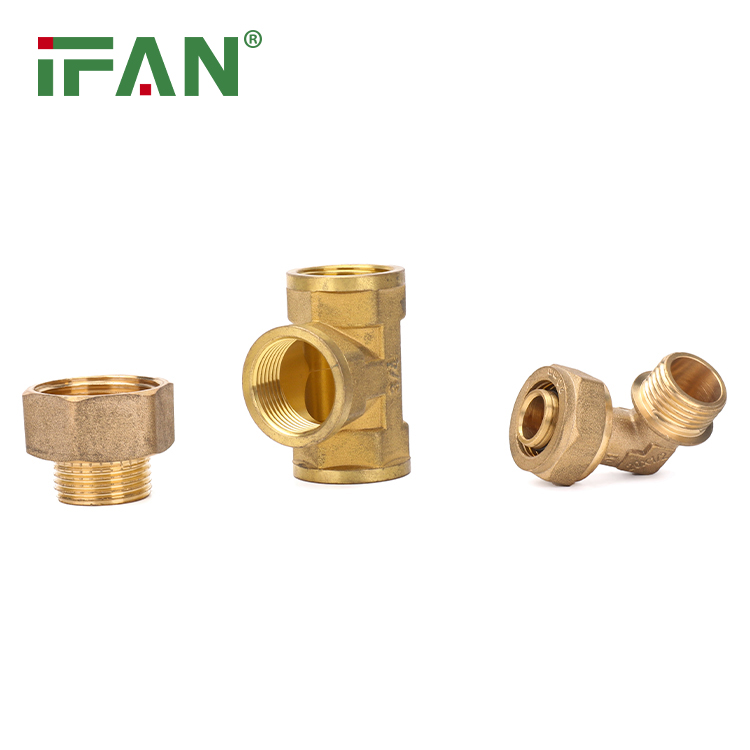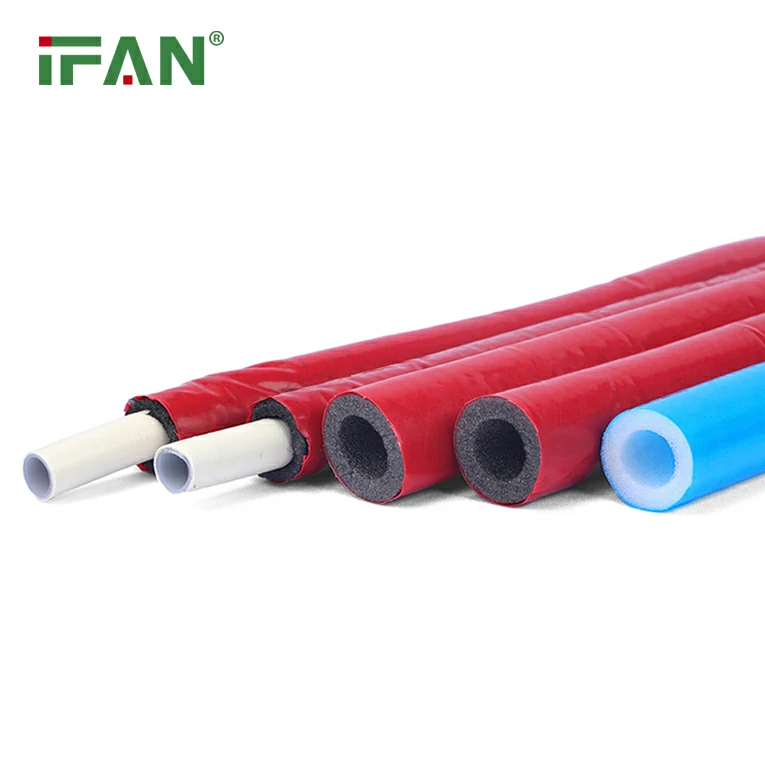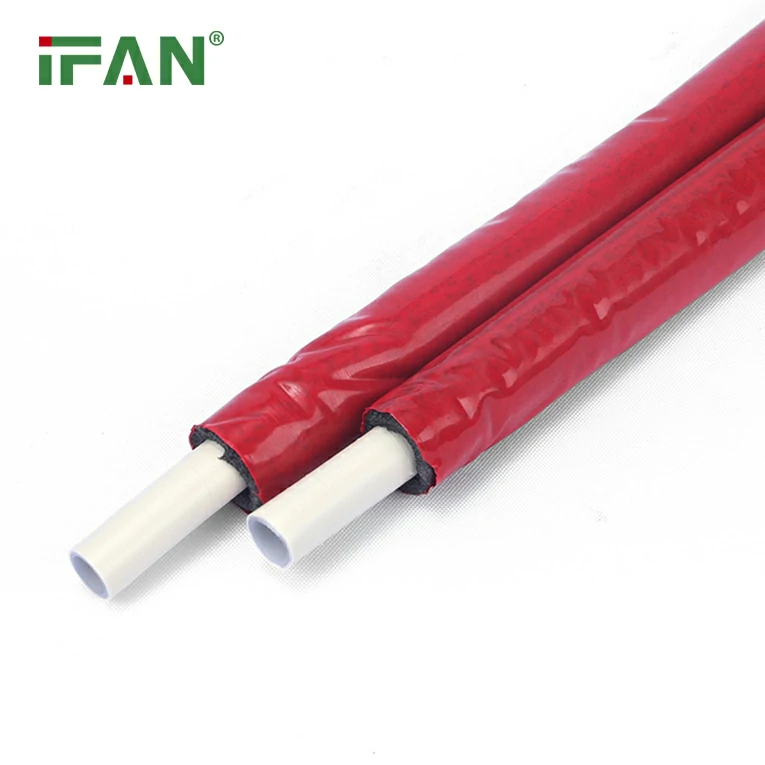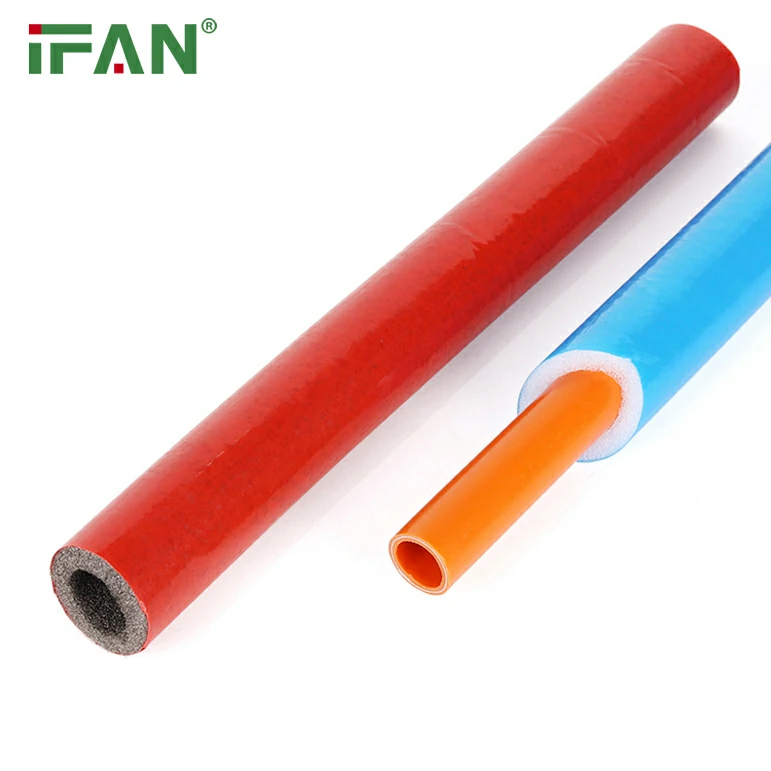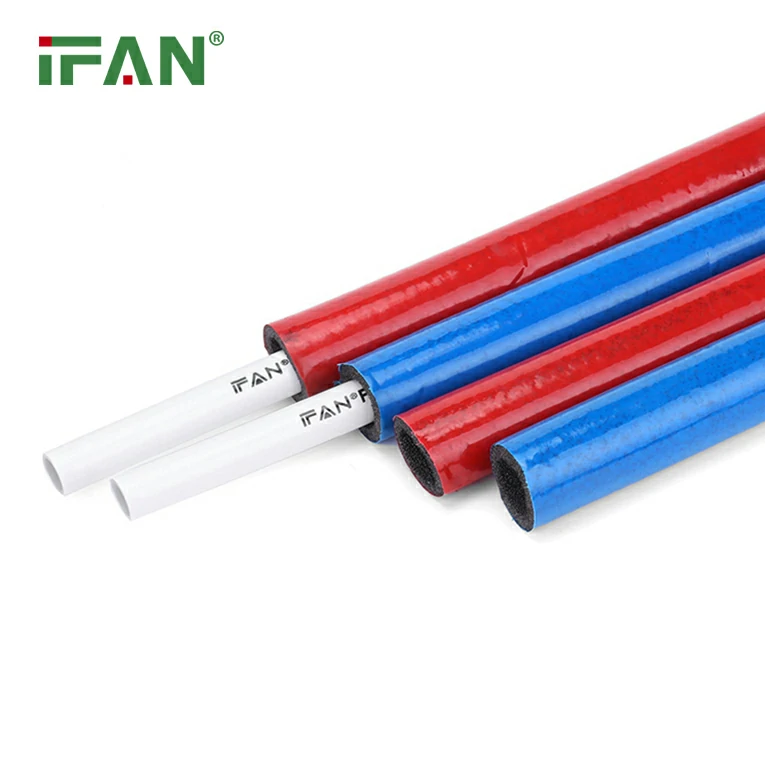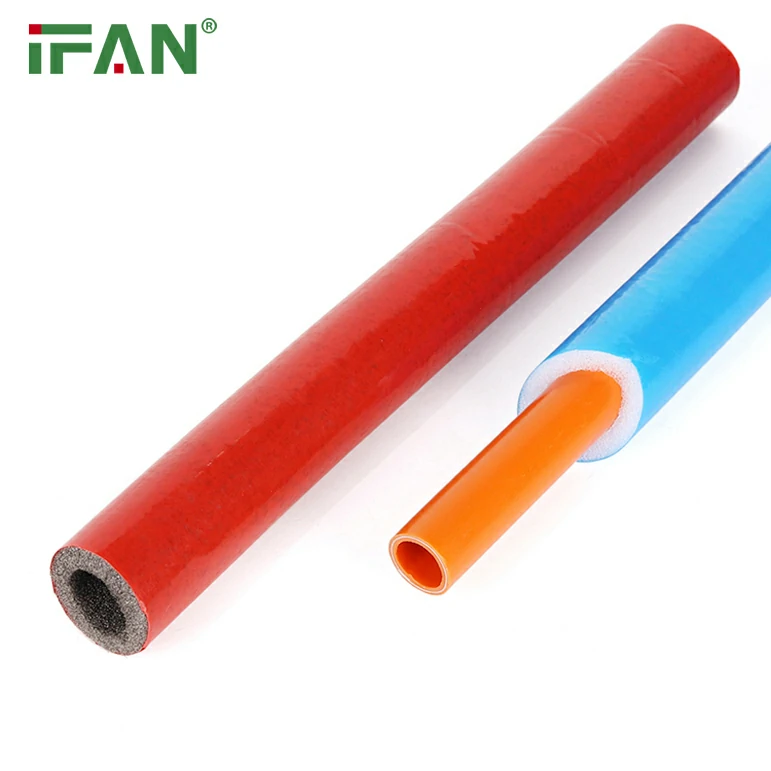Title: A Beginner’s Guide to Brass Fittings
Brass fittings play a crucial role in various plumbing and piping systems, offering durability, corrosion resistance, and ease of installation. Whether you’re a DIY enthusiast or a professional plumber, understanding brass fittings is essential. In this beginner’s guide to brass fittings, we will explore their types, applications, installation methods, and maintenance tips.
1. Introduction to Brass Fittings
Brass fittings are connectors used to join different sections of pipes or tubes, ensuring a secure and leak-free connection. They are made from an alloy of copper and zinc, offering excellent mechanical properties and resistance to corrosion. Brass fittings are widely used in residential, commercial, and industrial applications due to their versatility and reliability.
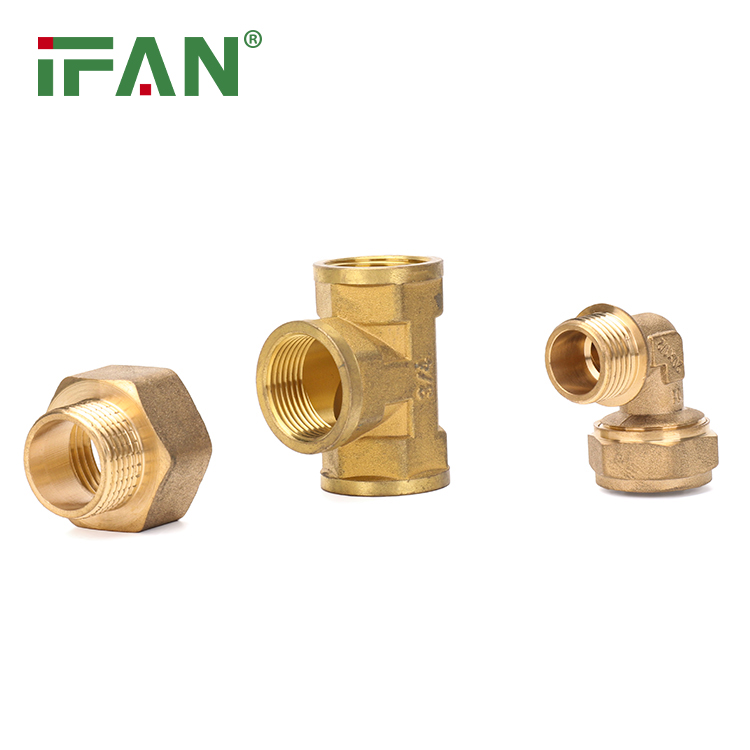
Types of Brass Fittings
There are several types of brass fittings available, each designed for specific purposes:
- Compression Fittings: These fittings consist of a compression nut and a sleeve that compresses onto the pipe when tightened. They are commonly used in water supply systems, heating systems, and gas installations.
- Threaded Fittings: Threaded brass fittings have tapered or parallel threads that screw onto the pipe. They are suitable for connecting pipes with male or female threads and are commonly used in plumbing, gas, and pneumatic systems.
- Push-to-Connect Fittings: These fittings provide a quick and reliable connection by simply pushing the pipe into the fitting. They are commonly used in applications where frequent disconnections are required, such as in pneumatic systems and water filters.
3. Applications of Brass Fittings
Brass fittings find applications in various industries and systems, including but not limited to:
- Plumbing systems
- Heating and cooling systems
- Gas distribution systems
- Water supply systems
- Pneumatic systems
- Automotive industry
4. Installation of Brass Fittings
Proper installation of brass fittings is crucial to ensure optimal performance and prevent leaks. Here are some key steps to follow during installation:
- Measure and cut the pipe to the required length.
- Deburr the cut end of the pipe to remove any sharp edges or burrs.
- Ensure the pipe is clean and free from debris.
- Apply a suitable thread sealant or tape to threaded fittings to ensure a tight seal.
- Use the appropriate tools, such as wrenches or compression tools, to tighten the fittings securely.
5. Maintenance of Brass Fittings
To maintain the functionality and longevity of brass fittings, consider the following maintenance tips:
- Regularly inspect fittings for signs of wear, corrosion, or leaks.
- Clean fittings with a mild detergent and a soft cloth to remove dirt or grime.
- Avoid using abrasive cleaners or metal brushes that may damage the surface.
- If necessary, replace fittings that show signs of deterioration or damage.
Conclusion
Brass fittings are a reliable and versatile choice for various plumbing and piping systems. By understanding the different types, applications, installation methods, and maintenance tips, beginners can confidently utilize brass fittings in their projects. Whether it’s a DIY project or a professional installation, this guide serves as a valuable resource for anyone seeking to work with brass fittings effectively.
